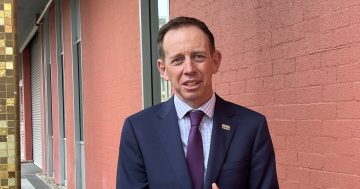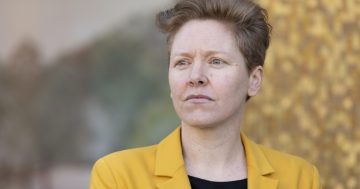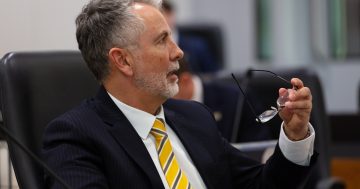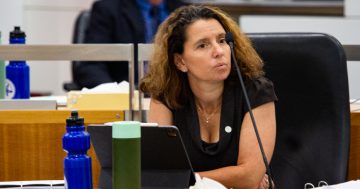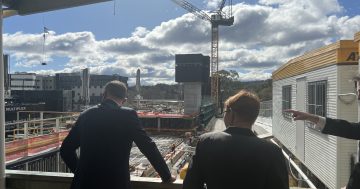
Canberra residents will have their say in setting spending priorities through a participatory budgeting pilot for the ACT 2019-20 Budget.
Canberra residents look set to have their say in the ACT budgeting process – including setting spending priorities – following the passing of a motion in the Legislative Assembly this morning.
Greens MLA Caroline Le Couteur this morning received support for her motion calling on the Government to commit to a participatory budgeting pilot for the ACT Budget for the 2019-20 financial year.
Ms Couteur said that participatory budgeting involves a cross-section of the community having input into the budgeting process and has been undertaken successfully at local council level elsewhere.
“Participatory budgeting offers citizens a chance to learn, debate and deliberate on major government projects,” Ms Le Couteur said.
“It ensures that a cross-section of the community is heard, who can then consider competing priorities and make informed choices,” she said.
“The government currently has a budget consultation process that considers submissions from peak bodies and community stakeholders.
“This is important, but when it comes to budget setting another step is necessary – and that’s setting priorities on government spending.”
Ms Le Couteur said that in recent years successful participatory budgeting processes have been underway at council levels in NSW, Victoria, and Western Australia. Her notice of motion detailed two examples, namely:
- In 2014, the City of Melbourne used participatory budgeting to create its first ever 10-Year Financial Plan, worth $5 billion.
- In 2013-14, the City of Greater Geraldton conducted a successful Community Summit to prioritise 99 non-mandatory services worth over $8.5 million within budget constraints of $6 million.
“It’s time for the ACT to join this growing movement, and set new standards when it comes to community engagement,” she said.

Greens MLA Caroline Le Couteur received support for her motion calling for a participatory budgeting pilot.
Ms Le Couteur said the ACT’s $5.5 billion annual budget is unique within Australia, and unusual internationally, in combining both local and state government service delivery functions.
“Stronger citizen participation in decision-making will lead to better outcomes for all Canberrans, and participatory budgeting will help make this a reality.”
Ms Le Couteur said that the Government could commit the discretionary portion of the City Services budget – an estimated 20 per cent of the total City Services budget – to the participatory budgeting pilot process.
Participatory budgeting is expected to work in a similar way to a citizens’ jury, where a randomly-selected cross-section of citizens who are broadly representative of the community are chosen to sit on a panel.
The main difference is that citizens’ juries can be held on any issue whereas participatory budgeting is solely focussed on the budgetary processes and spending priorities.
Do you think the community should have more say on the budget and the ACT’s spending priorities? What would you like to see changed? Let us know your thoughts in the comments below.











